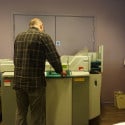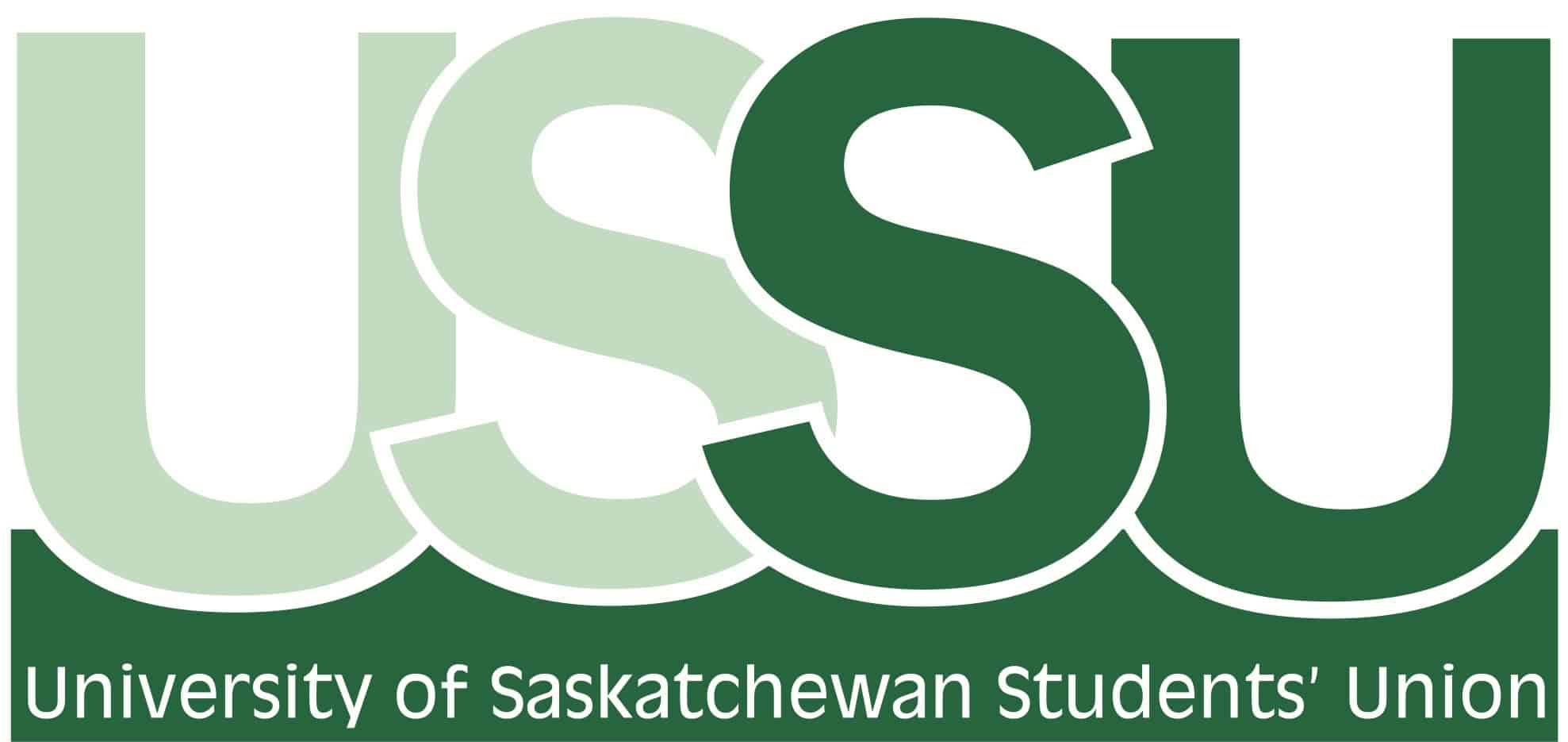THE UNIVERSITY OF SASKATCHEWAN’S MAIN CAMPUS IS SITUATED ON TREATY 6 TERRITORY AND THE HOMELAND OF THE MÉTIS.
THE UNIVERSITY OF SASKATCHEWAN’S MAIN CAMPUS IS SITUATED ON TREATY 6 TERRITORY AND THE HOMELAND OF THE MÉTIS.

By Daryl Hofmann March 30, 2012
The 42 photocopiers on campus operated by the University of Saskatchewan Students’ Union will see a price increase next year, from 15 cents to 20 cents per copy.
The increase comes after multiple years of decline in the use of the Copy Central copier service, said Reid Nystuen, USSU vice-president of operations and finance.

By The Sheaf March 29, 2012
The polls have closed and the 2012-2013 USSU executive has been elected. Read on for a breakdown of the results.

By Anna-Lilja Dawson March 29, 2012
In a province with the highest per capita aboriginal population in Canada, the University of Saskatchewan has startlingly low aboriginal retention rates.
Since 2007, aboriginal enrolment has been hovering around eight per cent of the total student population — provincially aboriginal people make up 16 per cent of the population. Meanwhile, first- to second-year retention rates fluctuate between 55 and 65 per cent.

By Daryl Hofmann March 29, 2012
The College of Medicine at the University of Saskatchewan has been told to clamp down and rectify a handful of internal protocols or it will lose its status as an accredited medical school.
In a letter to Dean William Albritton, the Committee on the Accreditation of Canadian Medical Schools and the American Liaison Committee on Medical Education wrote that a team of inspectors identified 10 weaknesses that would result in probation if not resolved in 10 to 15 months. The inspectors had been dispatched to the U of S three months earlier.

By Tannara Yelland March 28, 2012
After receiving a smaller operating grant increase than it had asked for from the provincial government, the University of Saskatchewan is expecting a significant deficit for 2012-13.
Rob Norris, the provincial minister of advanced education, says the government actually provided a 5.4 per cent increase to the U of S. This is because in addition to the two per cent increase to the operating grant, the government has provided extra funding for a number of special projects, from the university’s renal transplant program to the Saskatchewan Advantage scholarships.

By Canadian University Press March 26, 2012
With 2012 convocation only weeks away, future graduates are looking at a grim job market as young workers have been the worst affected by the past recession, according to a recent study by TD Economics.
Those between the ages of 20 and 24 have fared better than those in the 15 to 19 bracket, but job recovery is still dismal for all young workers though the recession has ended. And 175,000 young workers have left the labour market since the start of the recession — meaning they just stopped looking. Youth unemployment now stands at 14.5 per cent, double that of the regular population.

By Canadian University Press March 25, 2012
Thomas Mulcair has been voted into the position of leader for the federal New Democratic Party.
Members of the party voted over the course of a two-day convention in downtown Toronto, March 23–24. The winner emerged from an initial seven candidates that were cut down over the two days.

By Canadian University Press March 25, 2012
Over 200,000 people took to the streets of Montreal on March 22 to protest tuition increases, many of whom were students from universities across Quebec.
The Concordia University delegation, which led the way for the better part of the three-hour event, congregated near the Hall building around 12 p.m. Over 500 students then began to proceed down Ste-Catherine Street lead by Concordia Student Union vice-president external Chad Walcott and president Lex Gill.